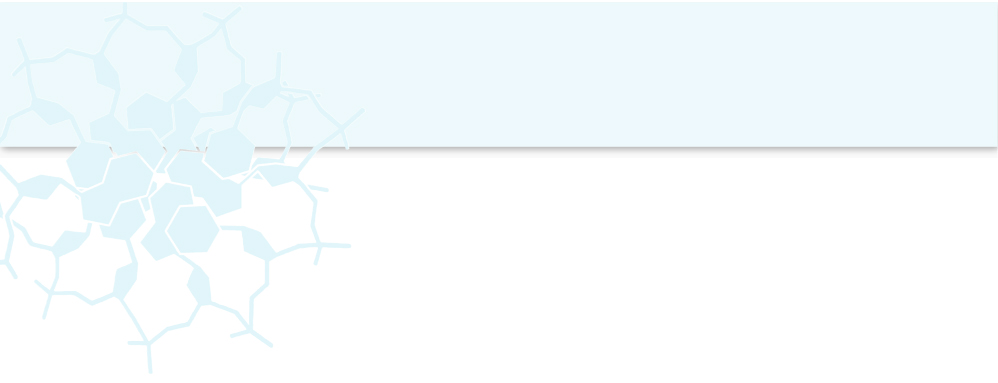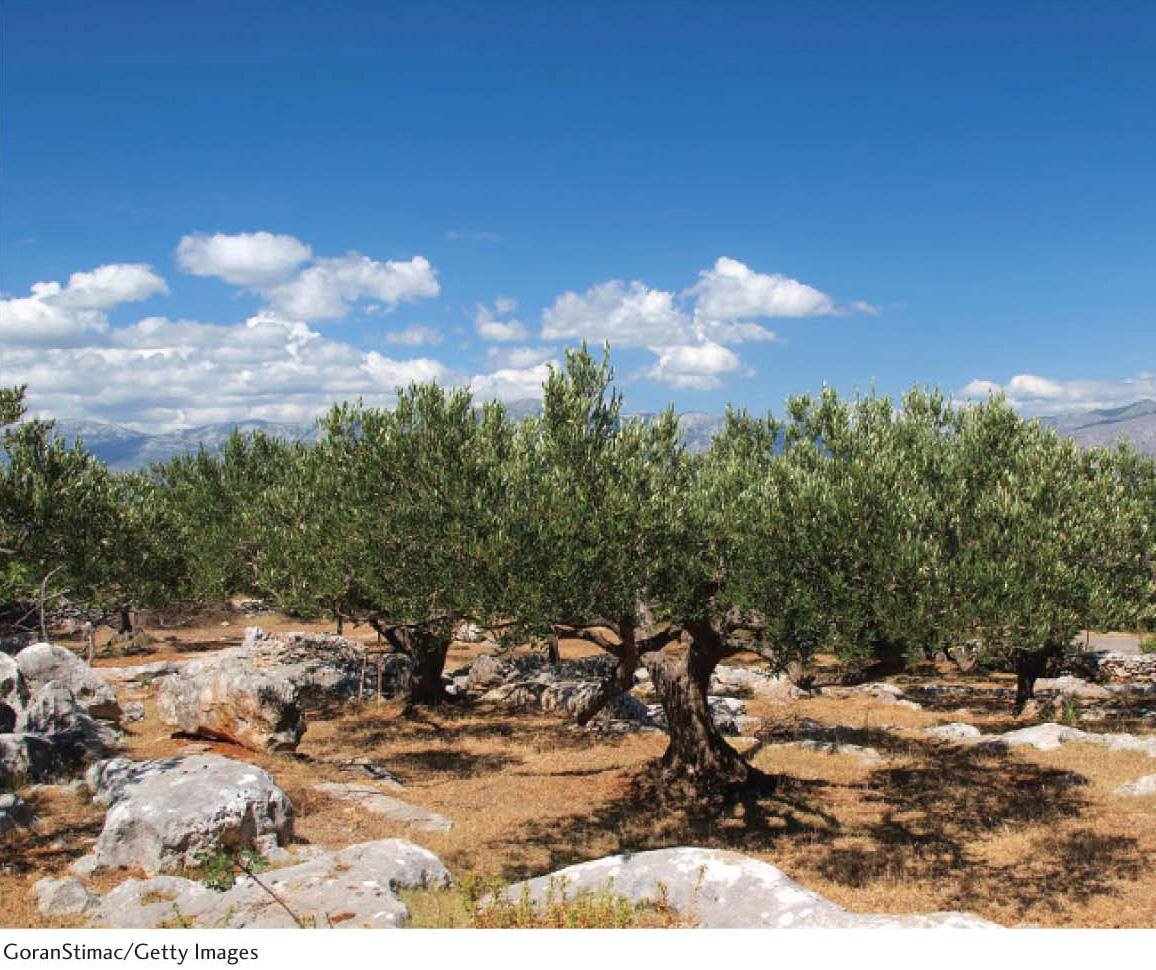
Carbohydrates and Lipids



Carbohydrates and lipids, along with proteins and nucleic acids, constitute the four major classes of biomolecules. We have already looked at proteins (Sections 2 and 3), with an emphasis on their roles as enzymes. Although carbohydrates and lipids play a diverse array of roles in living systems, their function as fuels is most obvious. This function is evident to anyone who examines the nutritional information on the labels of food packages. On such labels, lipids are designated as fats, for reasons that we will discover in Chapter 11.
Carbohydrates and lipids provide the energy to power all biochemical processes that take place inside a cell or organism. Their role as fuels is so paramount that the taste and texture of these molecules elicits gustatory pleasure, and most animals, including human beings, are behaviorally motivated to seek out foods rich in lipids and carbohydrates. For reasons to be considered in later chapters, lipids provide much more usable energy per gram than do carbohydrates. Yet most organisms maintain supplies of both types of fuel. Why have two sources of fuel if one of them provides so much more energy? The answer is that all lipids require oxygen to yield biologically useful energy. Although carbohydrates can release energy when they react with oxygen, they can also release energy when oxygen is scarce, as would be the case for the leg muscles of a runner sprinting to the finish line or for a bacterium growing in an oxygen-
Carbohydrates and lipids also play important structural roles. For instance, carbohydrates provide the strength of plant cell walls, whereas lipids are ubiquitous in their role as membrane components. Indeed, carbohydrates and lipids can be joined together to form particular membrane components called glycolipids. Finally, these two classes of molecules play essential roles in signal-
In Chapter 10, we will examine the biochemical properties of carbohydrates, highlighting some of their roles other than that of fuel. In Chapter 11, we will do the same for lipids, paying particular attention to the hydrophobic properties of these molecules.
✓ By the end of this section, you should be able to:
✓ 1 Differentiate between monosaccharides and polysaccharides in regard to structure and function.
✓ 2 Differentiate among the types of glycoproteins in regard to structure and function.
✓ 3 Describe the key chemical properties of fatty acids.
✓ 4 Identify the major lipids and describe their biochemical functions.